Retro Replay Review
Gameplay
Chinese Logic challenges players with a refined take on the classic “Tower of Hanoi”–style puzzle, tasking you with moving a sequence of numbers (from 9 down to 0) from point A to point D in strictly descending order. At any moment, you may park smaller numbers at intermediate points B and C, but you can only place a number on a peg if it’s lower than the topmost number already there. This constraint turns each move into a tactical decision, forcing you to plan several steps ahead to avoid locking yourself out of key positions.
(HEY YOU!! We hope you enjoy! We try not to run ads. So basically, this is a very expensive hobby running this site. Please consider joining us for updates, forums, and more. Network w/ us to make some cash or friends while retro gaming, and you can win some free retro games for posting. Okay, carry on 👍)
Controls are refreshingly minimalistic: type the letter of the origin point (A, B, C, or D), then type the letter of the destination. If you ever find yourself stuck or simply want to backtrack, a quick press of the “clear” key undoes your last move, letting you experiment without severe penalties. Meanwhile, the game’s built-in timer and move counter keep you honest, displaying both your current stats and the theoretical minimum moves needed to solve the puzzle—an ever-present benchmark that fuels your desire to improve.
What truly elevates Chinese Logic is its nine additional variations, each blocking the direct route to point D in different ways and varying the number of disks you must transfer. From a single figure (minimum 1 move) to a full nine-figure challenge (minimum 511 moves), these modes progressively raise the complexity and demand ever more sophisticated strategies. Whether you’re tackling your first three-figure puzzle or pushing for an optimal nine-figure run, there’s a compelling sense of discovery waiting around every corner.
Graphics
Graphically, Chinese Logic opts for functionality over flash, presenting a clean, vector-style layout where each peg and disk is crisply delineated. The numbered disks stand out in distinct hues, making it easy to distinguish them at a glance and focus on the puzzle rather than on decorative flourishes. Subtle color-coding helps reinforce the descending-order rule and guides your eye toward legal moves.
The interface is thoughtfully designed: large, clearly labeled pegs (A, B, C, D) occupy the screen in a simple pattern of lines, while on-screen text provides real-time updates on elapsed time, move count, and the puzzle’s theoretical minimum. This streamlined presentation eliminates distractions, encouraging deep concentration and ensuring that even first-time players can quickly grasp the game’s mechanics without wading through convoluted menus or animations.
Although purists might miss ambient animations or themed backgrounds, the minimalist aesthetic suits the game’s cerebral nature. The stark visuals emphasize logic and pattern recognition, making every move feel consequential. For those seeking a more modern polish, a future update could introduce optional graphical skins or background themes without sacrificing the core clarity that defines Chinese Logic’s visual identity.
Story
At its heart, Chinese Logic is an abstract puzzle with no overt narrative or characters, yet it carries an implicit homage to centuries-old logic problems that trace back to ancient China. The game’s title and minimalist presentation evoke a sense of meditative focus, inviting players to adopt the mindset of a scholar or philosopher unraveling a seemingly insurmountable challenge.
While there’s no traditional storyline, each puzzle mode unfolds like a chapter in a larger journey of mental discipline. Beginning with the simplest one-disk puzzle and progressing to the intricate nine-disk variation, you experience a gradual arc of mastery. This progression feels akin to climbing a mountain of logic, with each successful solve offering a quiet sense of triumph and personal growth.
By eschewing explicit lore or characters, Chinese Logic lets the puzzle itself become the narrative. Players imbue their own stories—moments of frustration, revelation, and ultimately, victory—into the game. This open-ended structure fosters a personal connection to the challenge, making every attempt feel like a unique tale of strategy and perseverance.
Overall Experience
Chinese Logic delivers a pure, unadulterated puzzle experience that prioritizes depth and replayability over bells and whistles. Its simple control scheme and clear visual design make it immediately accessible, while the layered rules and escalating variations ensure that even seasoned puzzle enthusiasts will find fresh challenges around every turn. Tracking your moves against the minimum benchmark adds a compelling meta-game of self-improvement.
Although the game lacks a conventional story or flashy graphics, this minimalism is deliberate, keeping the player’s mind firmly on problem-solving. If you relish cerebral workouts and appreciate a thoughtfully crafted interface, you’ll find Chinese Logic both satisfying and addictive. The ability to undo moves without penalty and to select among ten distinct difficulty levels caters to casual players and hardcore strategists alike.
In summary, Chinese Logic is a must-have for logic puzzle fans seeking a streamlined, engaging experience. Its combination of classic mechanics, progressive difficulty, and clear presentation make it a standout title for anyone looking to sharpen their strategic thinking—or simply unwind with a deceptively simple yet deeply rewarding brain teaser.
 Retro Replay Retro Replay gaming reviews, news, emulation, geek stuff and more!
Retro Replay Retro Replay gaming reviews, news, emulation, geek stuff and more!
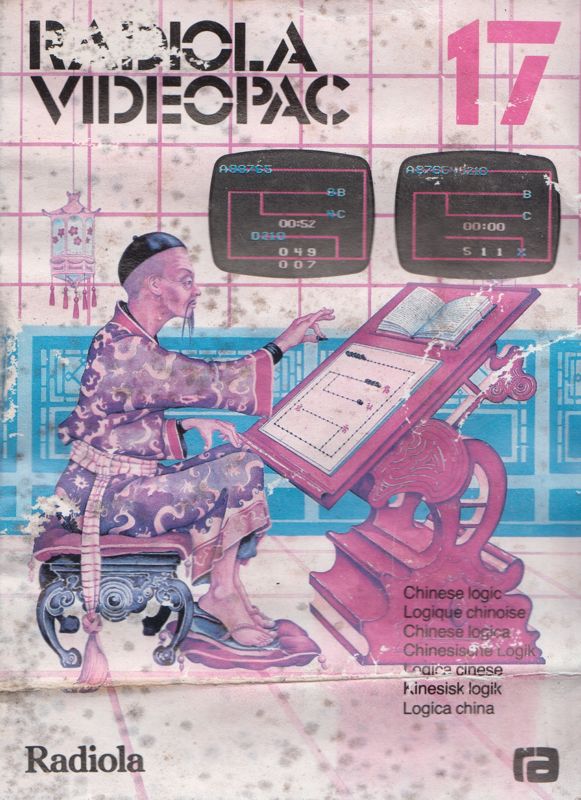
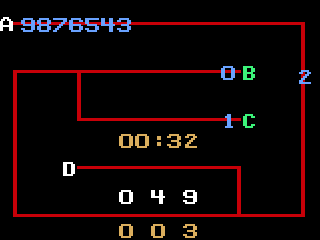
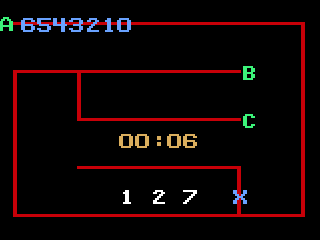
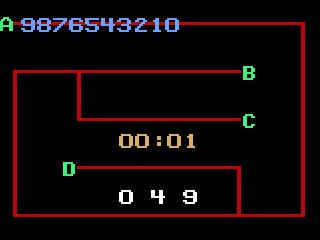
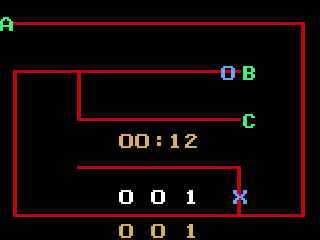
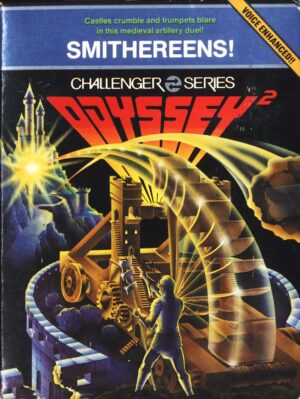
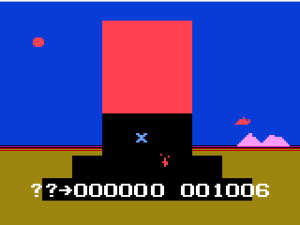

Reviews
There are no reviews yet.